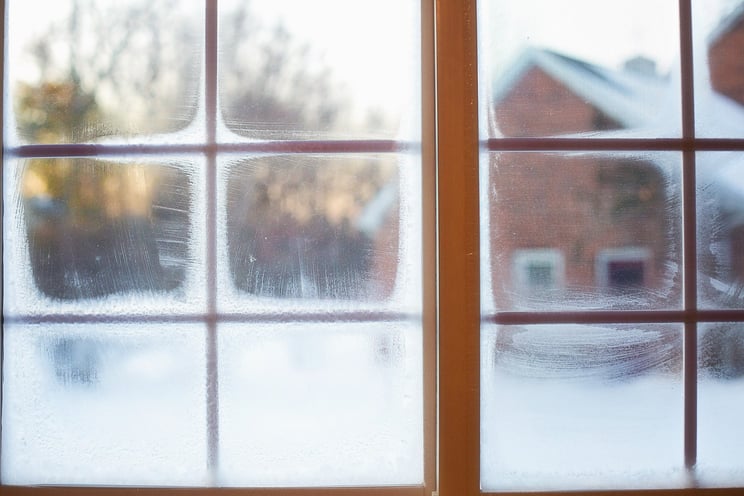We’re facing a winter like no other.
Likely confined to our homes, many of us will be concerned about rising bills from extra heating and electricity usage. But it’s not all doom and gloom. We’ve put together some practical tips for how to save on your energy bills over winter and investigated the impact of on site renewables in the colder months.
The WFH effect
The combination of lockdown and short, cold winter days looks set to put a real strain on our energy bills. If you’ve switched to working from home, you’re likely to need the heating on longer, as well as powering computers and extra lighting for the short days. This is estimated to increase a full time homeworker’s bills by 18% over winter.
As a small consolation, HMRC has made it easy to claim a ‘work from home allowance’ back on your taxes to go towards your bills (though for many it’s only £1.20 a week).
Basic energy saving tips
There are a number of well-known ways to keep energy consumption in check over the colder months, some of which you can put into action now, and others that require more substantial investment:
- Set your heating on a schedule, aiming for a steady temperature of 17 or 18°C, and boosting if and when needed.
- Seal up any draughts around doors and windows. Octopus Energy offers its customers the chance to borrow a FLIR thermal camera to spot heat leakage.
- Invest in the best insulation (wall, loft, glazing) possible for your property - the current Green Homes Grant may help.
- Switch energy supplier regularly to ensure you’re on the best value tariff. Money Saving Expert has recently brought out an automated switching service.
- Replace any old incandescent bulbs with efficient LEDs.

Home automation
The growing range of internet-connected smart devices unlocks ever more ways to save energy in the home, with minimal effort:
- Smart thermostats make it easier to set a precise heating schedule from your phone and turn off heating when you’re out. Some can even learn your habits to optimise heating, and with smart thermostatic radiator valves you can set temperature by room.
- Smart power strips can automatically turn off so-called ‘energy vampire’ devices that steadily draw power when in standby mode.
- Smart meters come with a display screen showing energy consumption throughout the day, which can help you identify energy-intensive appliances and try to cut back.
- Smart lighting saves energy through LED efficiency, dimming, scheduling and motion sensors.
- Smart EV chargers allow you to control electric car charging remotely, so you can schedule overnight charging on cheaper rates or divert excess solar power into your vehicle.
- Smart home insurance - some home insurers like Neos and Hiro offer a discount if you have smart devices (particularly security, leak detection and smoke alarms).
Solar PV in winter
As you might expect, the majority of bill savings from solar PV come in the spring and summer months, when the hours of daylight are longest. But there is still solar energy to be generated in winter and working from home may help you use up that electricity while the sun is out.
Below you can see a model of the distribution of bill savings throughout the year, for a typical household with solar PV generation of 4,500 kWh and electricity consumption of 5,000 kWh per annum:
Adding a battery
If you combine solar with a home battery, the savings ramp up - particularly in winter.
The main bulk of the savings come from charging the battery via excess solar energy and discharging this energy at times when solar generation is below your home’s load requirements. This offsets energy which would ordinarily be imported from the grid.
Secondary savings come from off-peak charging the battery via a cheaper night tariff and then discharging during the day. In winter, off-peak charging is increased due to lack of excess solar generation, whereas in summer there is sufficient excess solar energy to charge the battery without needing grid top up.
We’ve modelled this below for the same type of property as before, with a standard domestic load profile (peak demand in the evening between 6-8pm):
The figures here are for a property with a fairly similar solar generation and electricity consumption figure. If your electricity demand is far higher than your solar generation, you will rely more heavily on off-peak charging (again especially in winter).
Our favourite battery is Tesla’s Powerwall. Octopus Energy has recently opened up its Tesla Energy Plan to all homeowners with solar and Powerwall, with extremely competitive rates - so that’s well worth a look!
If you’d like to learn more about the benefits of batteries, download our free guide to home energy storage:










